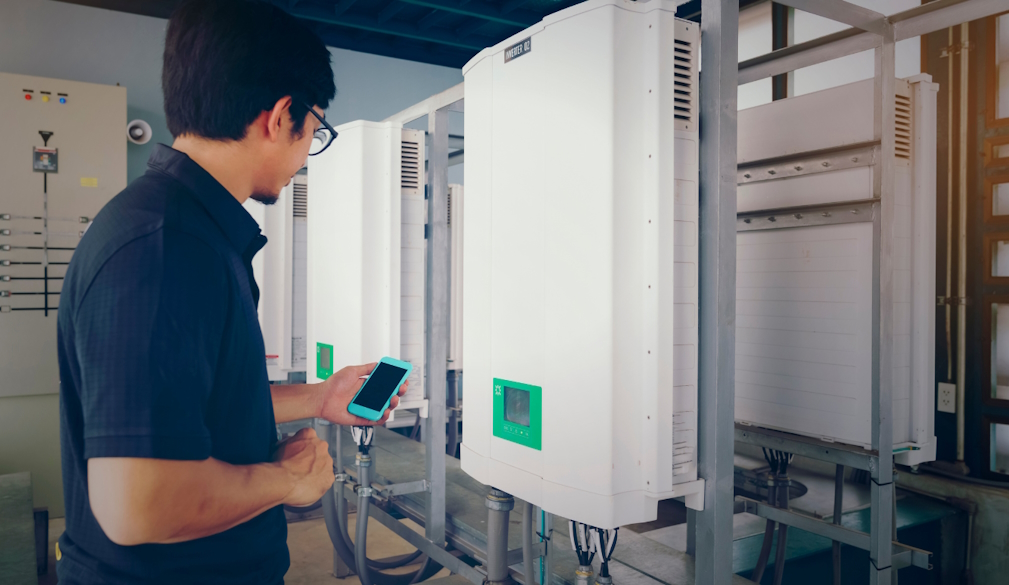Understanding How a Solar Inverter Works in a Residential Solar System

As the world shifts towards sustainable energy sources, residential solar systems have become increasingly popular. At the heart of these systems is a critical component known as the solar inverter. Understanding how a solar inverter works is essential for anyone considering solar energy for their home.
What is a Solar Inverter?
A solar inverter, sometimes referred to as a photovoltaic (PV) inverter, is a device that converts the direct current (DC) electricity generated by solar panels into alternating current (AC) electricity. This conversion is necessary because most household appliances and the electrical grid use AC electricity.
Key Functions of a Solar Inverter
DC to AC Conversion:
Direct Current (DC): Solar panels capture sunlight and convert it into DC electricity. This type of current flows in a single direction and is typically stored in batteries.
Alternating Current (AC): AC electricity alternates direction periodically and is the standard form of electricity used in homes and on the electrical grid. The inverter converts the DC electricity from the panels into AC electricity suitable for home use.
Maximum Power Point Tracking (MPPT):
Solar inverters use MPPT technology to maximize the energy harvest from the solar panels. MPPT continuously adjusts the electrical operating point of the modules or arrays to ensure they produce the maximum power possible, considering varying sunlight conditions.
Grid Connection and Synchronization:
For grid-tied systems, the inverter synchronizes the AC electricity it produces with the frequency and phase of the grid's electricity. This ensures that the solar power can be seamlessly integrated with the grid.
System Monitoring and Protection:
Modern inverters come with monitoring capabilities that allow homeowners to track energy production and system performance. They also include protective features such as anti-islanding (which prevents the inverter from sending power to the grid during an outage, protecting utility workers), overvoltage protection, and fault detection.
The Working Process of a Solar Inverter
Solar Energy Collection:
Solar panels absorb sunlight and convert it into DC electricity. The amount of DC electricity generated depends on the amount of sunlight, the efficiency of the panels, and other factors like shading and orientation.
Conversion to AC Electricity:
The DC electricity flows from the solar panels to the inverter. The inverter converts this DC electricity into AC electricity using power electronic devices like transistors and capacitors.
Optimization and Monitoring:
During the conversion process, the inverter uses MPPT technology to ensure the maximum possible power is extracted from the solar panels.
The inverter also monitors the system's performance, including energy production and efficiency, and provides data that can be accessed through a display or a connected device. Make sure when buying solar you buy an inverter that has a good monitoring app. Inverters for example come with world class monitoring that is included when you purchase their inverter allowing you to track and make sure your system is performing.
Power Distribution:
The converted AC electricity is then either used directly by the household appliances, sent to the grid (in a grid-tied system), or stored in batteries for later use (in a hybrid or off-grid system).
The solar inverter is a pivotal component of a residential solar system, ensuring that the DC electricity generated by solar panels is efficiently converted into AC electricity for home use. By optimizing energy production, synchronizing with the grid, and providing critical system monitoring and protection, solar inverters play a crucial role in the functionality and efficiency of solar energy systems. As technology advances, inverters continue to become more efficient, reliable, and user-friendly, making solar energy an increasingly viable option for homeowners worldwide.














